Life before Google: 7 retro services that helped us survive, from Altavista to Hotmail
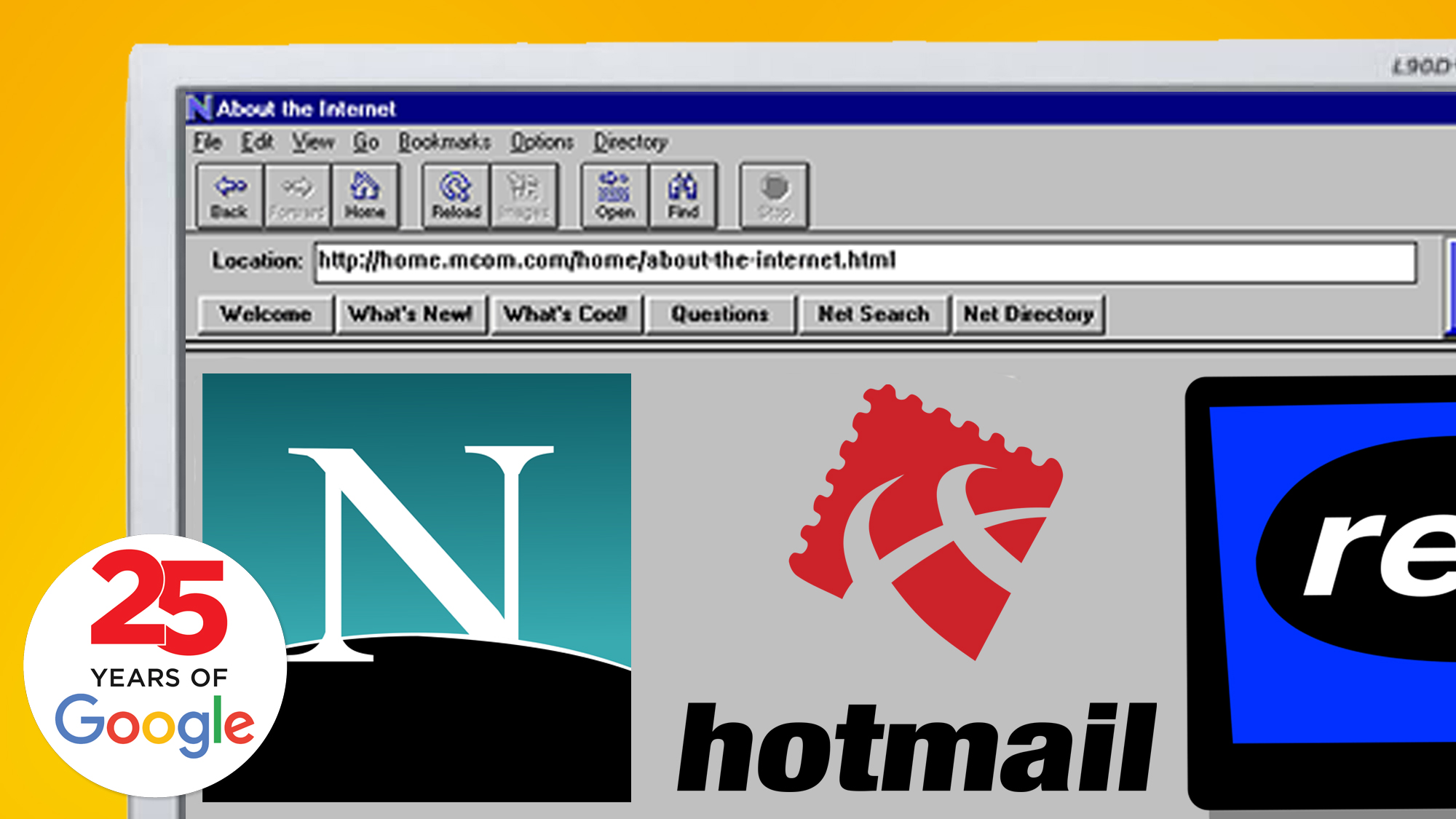
You know you’ve made it as a brand when your name is used as a verb. That might irk IP lawyers who represent TiVo in the US, Hoover in the UK, or Photoshop just about anywhere; but it shows how brands seep into the public consciousness. And chances are you’ve at some point said you’ll Google something, when you really meant you were about to search online.

This is the part of a series of TechRadar articles marking and celebrating Google's 25th birthday. Read them all here.
It’s useful shorthand. Also, odds are you actually do use Google search, such is its dominance over the past 25 years. The company enjoys ‘default’ status for millions of people in other fields too – maps, browsing, online video, and more.
This might make you wonder what people did in the beforetimes, pre-Google, while grumpily attempting to coax an 8-bit micro online while reading in a paper magazine about Sony’s magical new device that can fit dozens of songs in your pocket.
OK, I’m not that old. But I, dear reader, was there during those early internet days, before young people and their Googles took over. So let’s take a trip into the internet’s messy past, before a giant rose to power. It’s a terrifying time of patchwork embryonic web services accessed using dial-up modems that screamed in your ears every time you had the audacity to head online. SKRREEEEE!
Before Google Search (1998): AltaVista
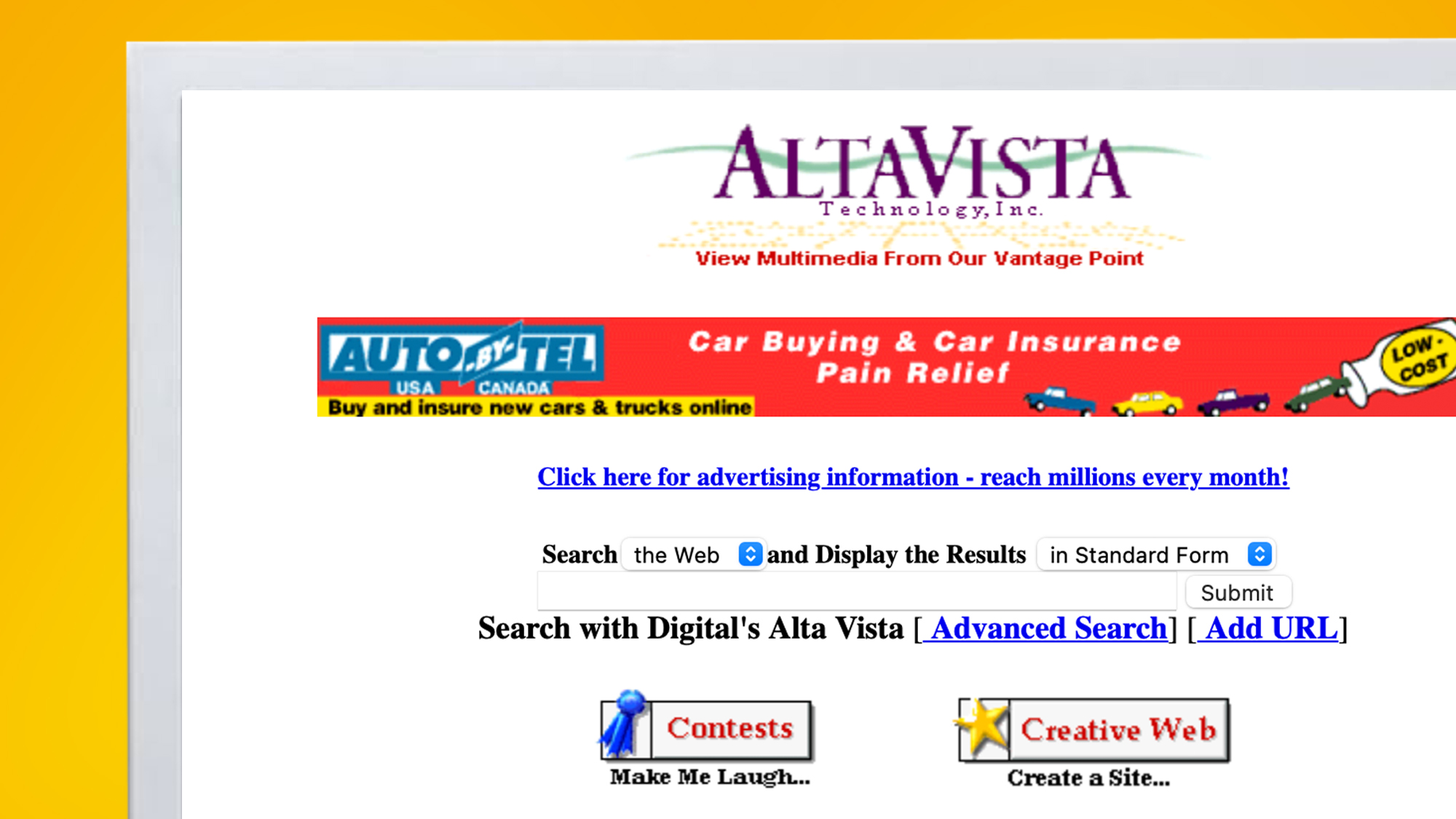
It’s strange to think you could once type a generic term into a search engine and receive a mere dozen results. In fact, Yahoo! was initially a hand-picked directory, until the exponential increase in websites made such a venture unviable.
AltaVista was the search engine I loved, though, arriving years before Google, but with a similar ethos of keeping things simple. It couldn’t last. AltaVista and others never understood that search in and of itself was valuable, and so they became complicated, messy web portals. That’s a lesson today’s increasingly ad-infested, AI-ruined Google should remind itself of.
Before Gmail (2004): Hotmail
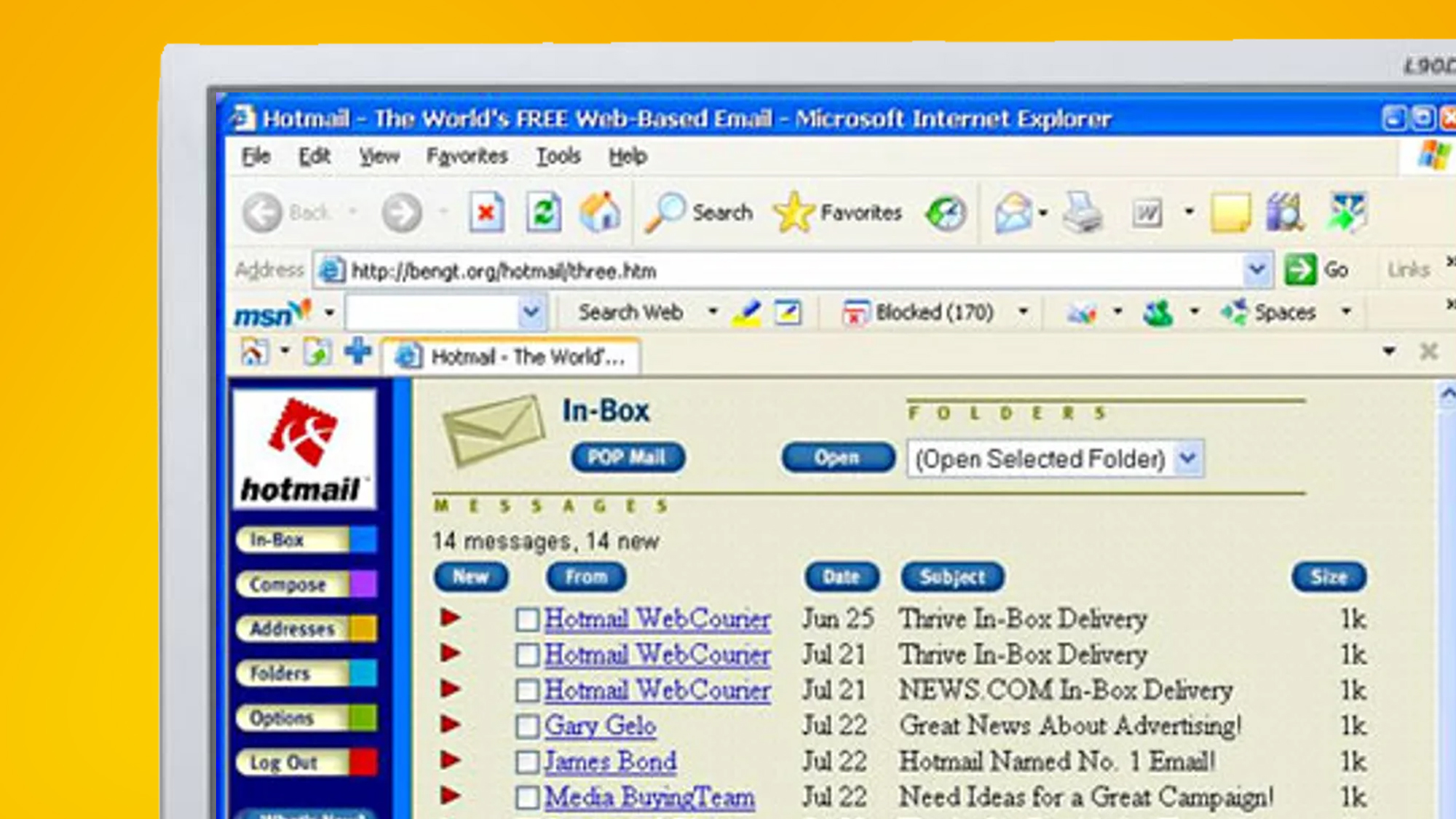
My first encounter with email was on a university system designed by sociopaths. Students each year helpfully received an entirely new address, sporting a ‘memorable’ handle like st9950791462@whatweretheythinking.ac.uk. Even in the mid-1990s, though, it was obvious a permanent address was important, and so we looked elsewhere.
Sign up for breaking news, reviews, opinion, top tech deals, and more.
Hotmail – or HoTMaiL as it was then styled, because HTML – had a lot going for it. Mostly, though, we used it because it was free and could be accessed from any computer. Other services vied for supremacy, trading blows until Gmail crushed them all, with its huge free storage tier, ease of use, and features for dealing with spam.
Before Google Maps (2005): MapQuest

The MapQuest folks saw the direction of travel (oho!), using their roots in traditional cartography to venture beyond paper tomes and into online mapping and routefinding. In the UK, Multimap launched at a similar time, and helped me find my way around. Both were a long way from modern navigation systems.
You clicked between rendered map sections and printed directions, sometimes including bits of maps you’d pieced together in an image editor for later visual reference, while your road atlas looked on, aghast. Multimap was later mashed into Bing Maps. MapQuest soldiers on. Both arguably lost their way when Google Maps arrived with draggable maps, in-depth points of interest, and a razor sharp focus on usability.
Before YouTube (2005): RealPlayer

I went to art college. Instead of spending years staring at paint, I worked in ‘time based’ media. When applying to festivals, I started out old-school, sending VHS tapes. But then we got internet access and I built an online portfolio, with embedded postage-stamp QuickTime videos running at 12fps. Go me.
RealPlayer was better, but beyond an individual’s means. A shame, since it even in the low-speed internet days gave you fairly watchable video. YouTube, though, hit the sweet spot by leveraging rapidly increasing web connectivity speeds and making it absurdly simple for anyone to easily share videos – and host them for free.
Before Chrome (2008): Netscape Navigator
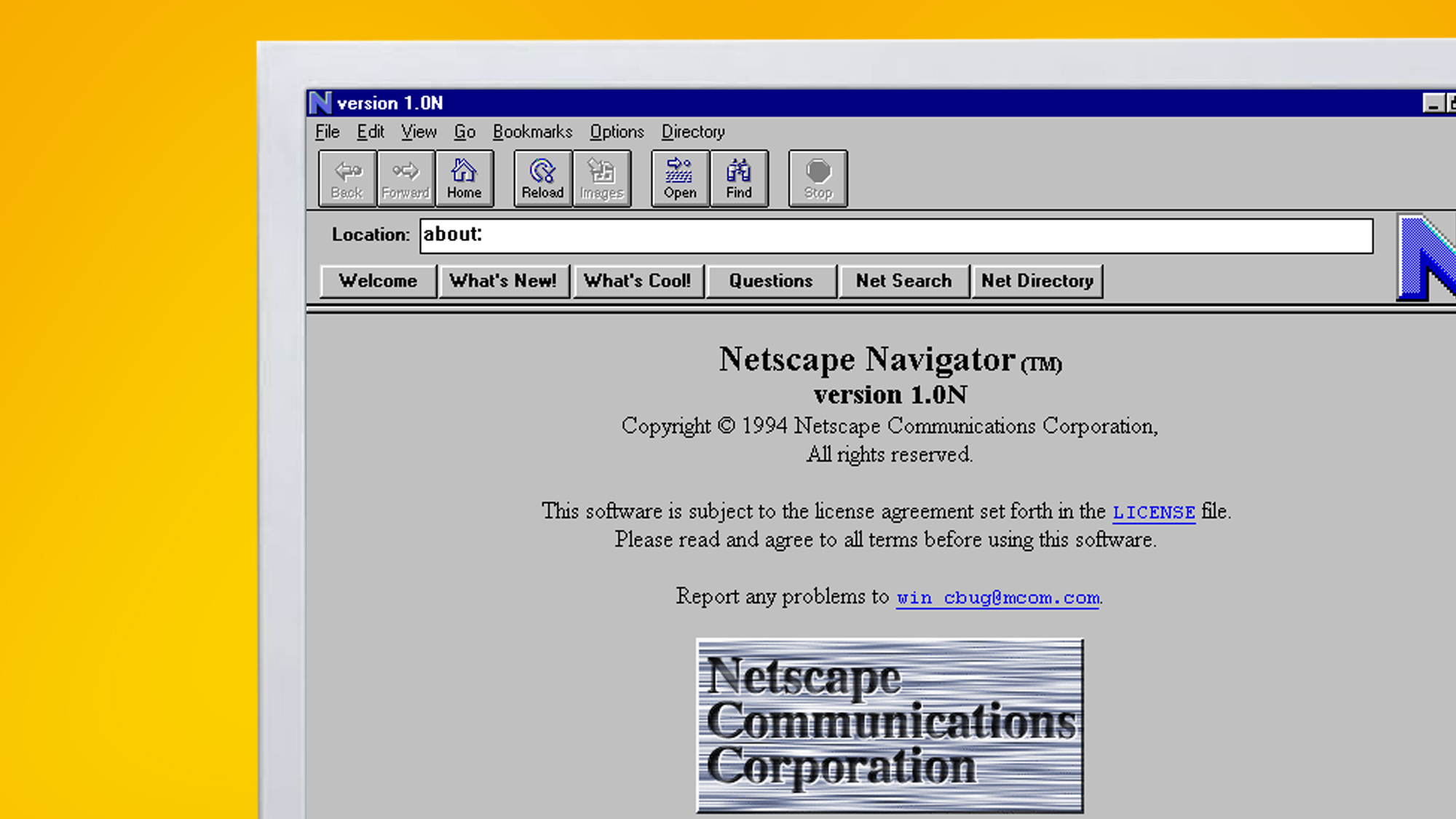
Netscape’s browser pioneered a raft of concepts and technologies that we now take for granted. And in an age of dial-up, it smartly rendered pages on the fly, rather than waiting to download everything first. It’s a rare example in this list that doesn’t in hindsight seem like a comically lesser experience – Netscape was great and did everything you needed at the time.
Alas, a destructive battle with Internet Explorer led to Netscape’s demise, before IE’s subsequent dominance and notorious tactics paved the way for Chrome. Ironically, Google now employs similar strategies to the Microsoft of 20 years ago that fueled excitement for Chrome in the first place.
Before Google Drive (2012): Compuserve and Compunet
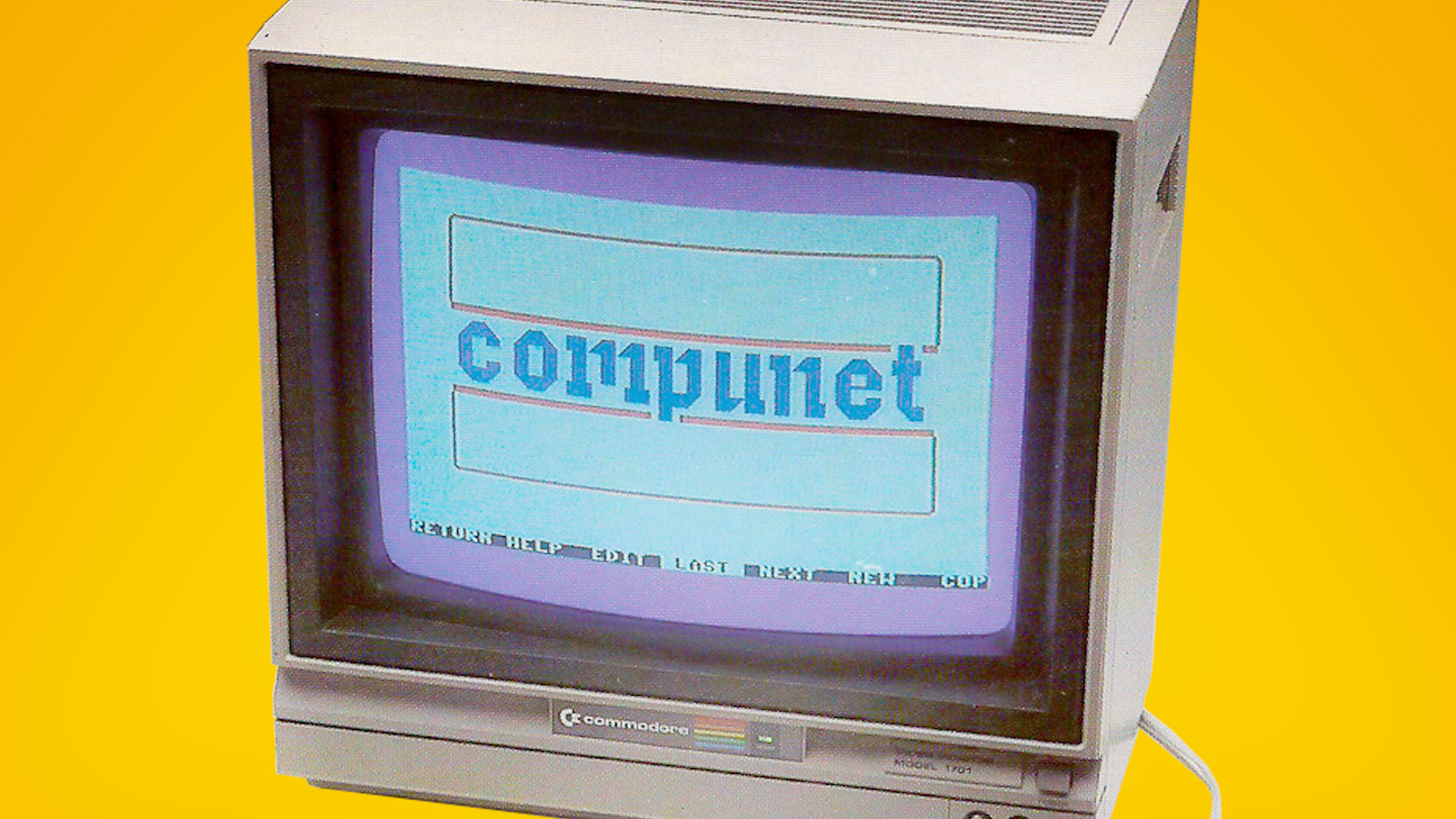
Millions of people lob files into Google Drive without really thinking, to access them anywhere and share them with others. But the idea of online file sharing isn’t new. CompuServe added support in 1981, and the UK’s Compunet had similar capabilities. Both of these subscription services predated widespread internet use – and my own.
My sharing journey started with FTP, uploading files to my first websites. Elsewhere, BitTorrent emerged for more… controversial sharing, until cloud services unlocked online storage and sharing for the masses. Dropbox emerged as the big player, but Google Drive tempted people with Google Docs integration and a generous free storage tier.
Before Google Photos (2015): Flickr

Before Google Photos, I tried various photo-sharing services, such as Ofoto, SmugMug and Yahoo! Photos. But Flickr was the best. I never used its live photo exchange, but loved the site’s emphasis on communities, curation and tagging.
Google wanted a piece of the action, though, and threw money at the problem by giving everyone unlimited free storage and superb analysis and automated sorting tools. Meanwhile, multiple acquisitions eroded Flickr’s focus and influence. But 2018’s Flickr buyout from former rival SmugMug and Google's ending of free storage has, against the odds, turned this particular battle into a photo finish.